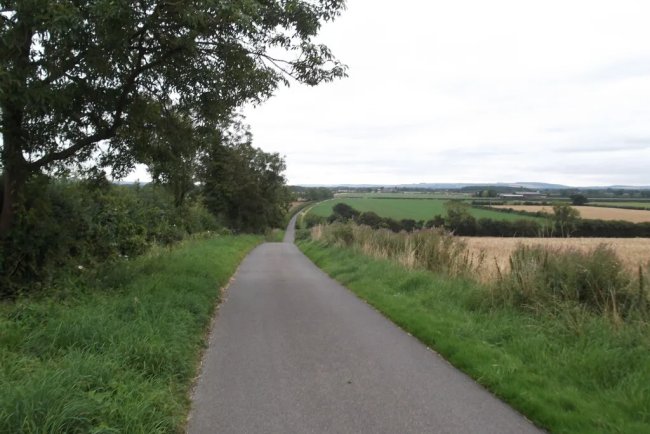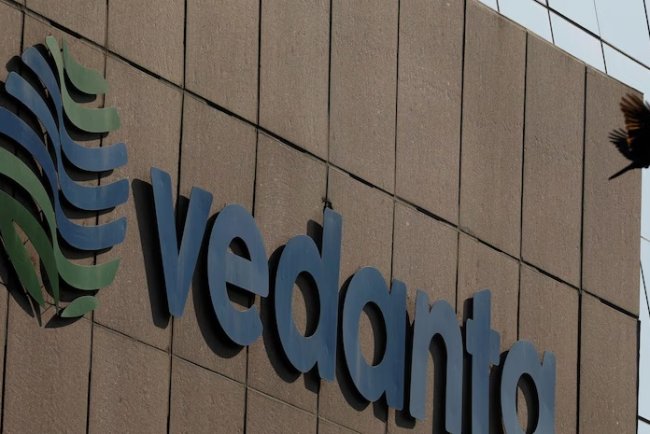Ireland Achieves Milestones in Onshore and Offshore Renewable Energy Expansion
Ireland has made major progress in renewable energy, with onshore generation now over 35% of electricity supply, over 5GW of wind capacity installed, and 1.6GW of solar PV. Offshore wind projects and the South Coast Designated Maritime Area Plan are advancing towards the 2040 target of 20GW offshore capacity. Government taskforces are removing barriers, boosting community projects, and developing energy storage.

Ireland has made great progress in the last year on increasing its renewable energy capacity. In particular, there have been big improvements in offshore and onshore initiatives. Government statistics reveal that more than 35% of the nation's electricity currently comes from onshore renewables, a significant advance in Ireland's goal to lower greenhouse gas emissions and dependence on fossil fuels.
Two thorough taskforce studies outlining the nation's successes in renewable energy and laying out ideas for the following steps of its green transition were released along with the announcement. These studies underline the rise in installed capacity, current infrastructure initiatives, and calculated moves being implemented to meet audacious energy goals.
Last year's passing of 5 gigawatts of installed wind capacity was a major step toward Ireland reaching its aim of producing 80% of its electricity from renewable sources in the next years. With 1.6 gigawatts of solar photovoltaic capacity currently installed, the solar sector also experienced significant development that helps to diversify Irelands renewable energy mix.
Ireland has set aspirational offshore renewable energy goals along with onshore improvements. With offshore wind being the main focus, the government hopes to supply 20 gigawatts of offshore renewable capacity by 2040. Five Phase One offshore wind projects off the east coast, all of which submitted planning applications in 2024, have made consistent progress according to the Offshore Wind Delivery Taskforce. These projects, which are likely to start construction soon, signal the first significant wave of offshore wind development in Irish seas.
The South Coast Designated Maritime Area Plan was authorized by the authorities to help offshore energy grow even more. With the first of four chosen sites set for a developer auction in November, this will enable growth in fresh offshore areas. This procedure seeks to guarantee Ireland meets its long-term energy targets, clarify for developers, and speed the site allocation.
The government admits that more effort is required to realize the full promise of offshore wind energy even if notable progress has been achieved. Keeping progress going and tackling the complicated issues of large-scale offshore development, including environmental concerns, supply chain capacity, and grid integration, depends on public agencies, business, and communities working together.
The onshore side of the Accelerating Renewable Electricity Taskforce has been crucial in moving renewable energy projects forward. A significant step that let fresh initiatives obtain long-term contracts and inspire investment in renewable generation was the conclusion of the fourth Renewable Electricity Support Scheme auction. The second phase of the Small-Scale Renewable Electricity Support Scheme is also anticipated to encourage regional and community-led renewable projects, hence increasing decentralised access and availability of renewable energy.
The release of the Electricity Storage Policy Framework added more backing for the renewable energy industry. Encouragement of energy storage technologies under this policy is meant to balance supply and demand as more variable renewable energy is introduced to the grid, therefore helping to balance it. Storage systems will enable more wind and solar power to be integrated, help keep the electricity system stable, and lower curtailment of renewable generation.
Looking ahead, the government has identified the removal of remaining bottlenecks in planning, grid capacity, and project delivery as priorities for the next phase of renewable development. Planning processes will be streamlined to reduce delays, while investment in grid infrastructure will ensure that new renewable capacity can be connected efficiently. Furthermore, there is an emphasis on making sure that local populations profit from renewable energy initiatives, therefore boosting public support for more development.
Ireland's renewable energy strategy is closely related to its wider climate objectives. More renewable electricity would not only lower direct emissions from the power industry but also support the decarbonization of other sectors including transportation, heating, and industry. Increasing the share of renewable electricity will help Ireland to meet its overall climate goals by means of a dependable supply of clean energy. Therefore, a key component of national climate policy is the growth of renewable capacity.
The government has been clear that realizing its renewable energy ambitions would require sustained commitment from all parts of society. It will take genuine collaborative efforts from, industry stakeholders, public agencies, communities to provide projects in a timely manner, develop solutions to technical issues and keep Ireland on track to meet its climate obligations.
Despite still presenting challenges, the progress reported in the previous 12 months has shown that Ireland can grow its renewable energy output in a short space of time when we coordinate our efforts. The combination of clear targets, supportive policies and commitment to working together across all sectors, could create momentum whereby, if Government can continue to provide energy framework and clarity, it opens the potential for Ireland to develop into a renewable energy leader in Europe.
As the worldwide energy transition accelerates, Ireland will be pivotal in reducing emissions, improving energy security, and building a sustainable economy by increasing both onshore and offshore renewable capacity. If Ireland develops its renewable capacity as proposed, it has a high likelihood of meeting its renewable targets while demonstrating to other countries how to balance climate action with economic opportunity.
What's Your Reaction?

















